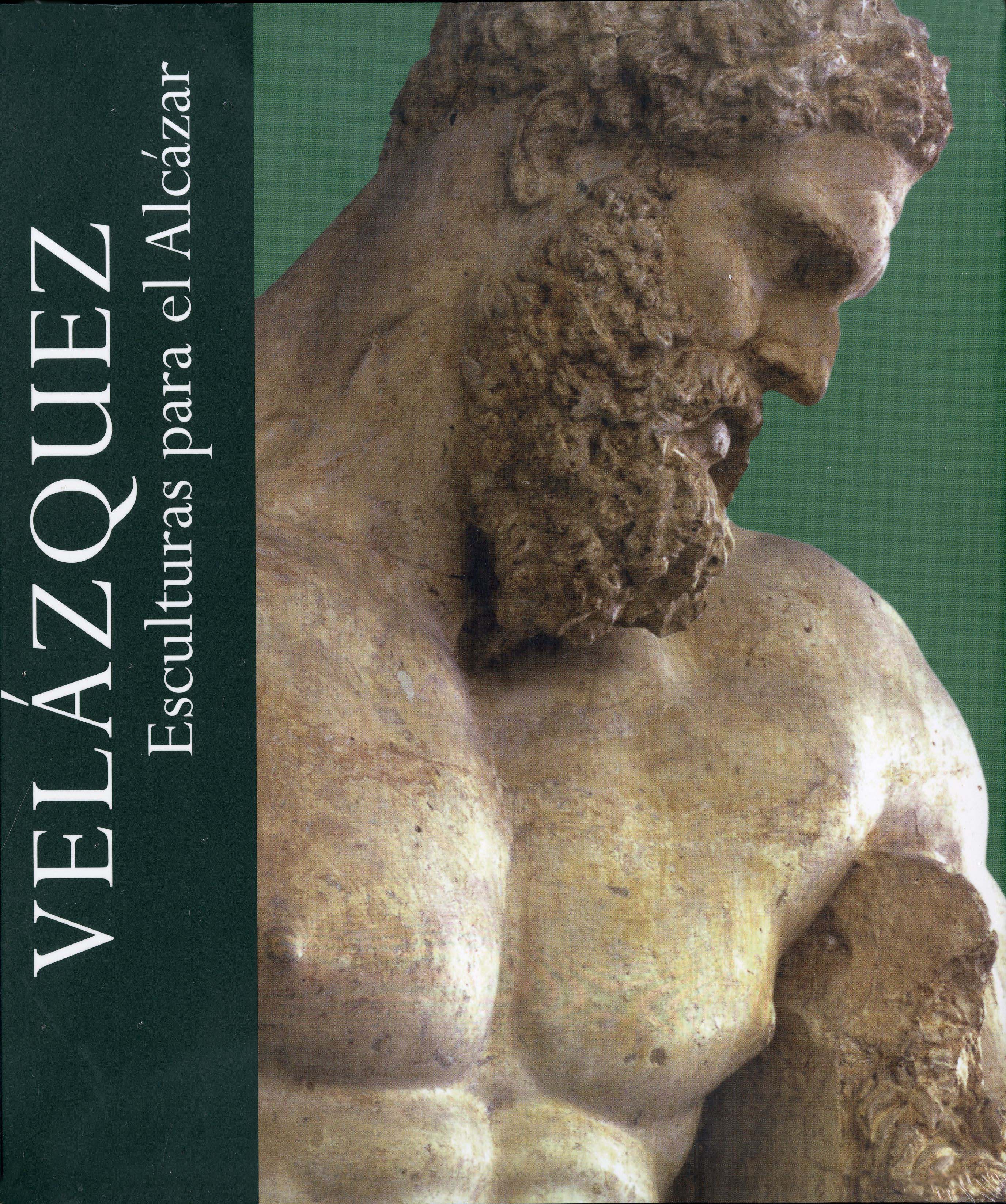Author
José María Luzón Nogué (ed.)
Characteristics
542 pages; 437 color illustrations; flapped paperback; 24 x 38 cm
Publication
Spanish; published by the Real Academia de Bellas Artes de San Fernando with the collaboration of the CEEH, the Fundación AXA Winterthur and Caja Murcia; 2007
ISBN
978-84-96406-15-5
Price
€48,08
Velázquez travelled to Italy from 1649 to 1651 on a very special assignment: to buy works of art to decorate the Alcázar palace in Madrid. The Sevillian painter was Philip IV’s right-hand man in Rome, the international centre of art during the seventeenth century, where he visited the collections of the most important families such as the Medici, the Ludovisi and the Borghese, and, above all, those assembled by the popes from Julius II to Innocence X at the Belvedere palace in the Vatican.
Prominent among the pieces Velázquez brought to Spain–for the Alcázar, where they were installed until the building was gutted by fire in 1734–are sculptures that represent Dionysius, Ariadne and Niobe. Most of them are plaster casts made in the seventeenth century by Italian masters such as Bonucelli, and today they provide outstanding records of the state of the sculptures when Velázquez acquired the casts. All the sculptures were extensively altered in subsequent restoration, especially in the eighteenth century, and the casts are therefore of exceptional artistic, historical and documentary value. They have been brought together for the first time since their dispersal in 1734.
José María Luzón Nogué is professor of Archaeology at Madrid’s Universidad Complutense and is a permanent member of the Real Academia de Bellas Artes de San Fernando. He has been director general for Fine Arts and Archives, as well as director of the Museo Arqueológico Nacional and the Museo del Prado. Prominent among his excavations are those carried out in Italica, a city on which he has published major studies.

